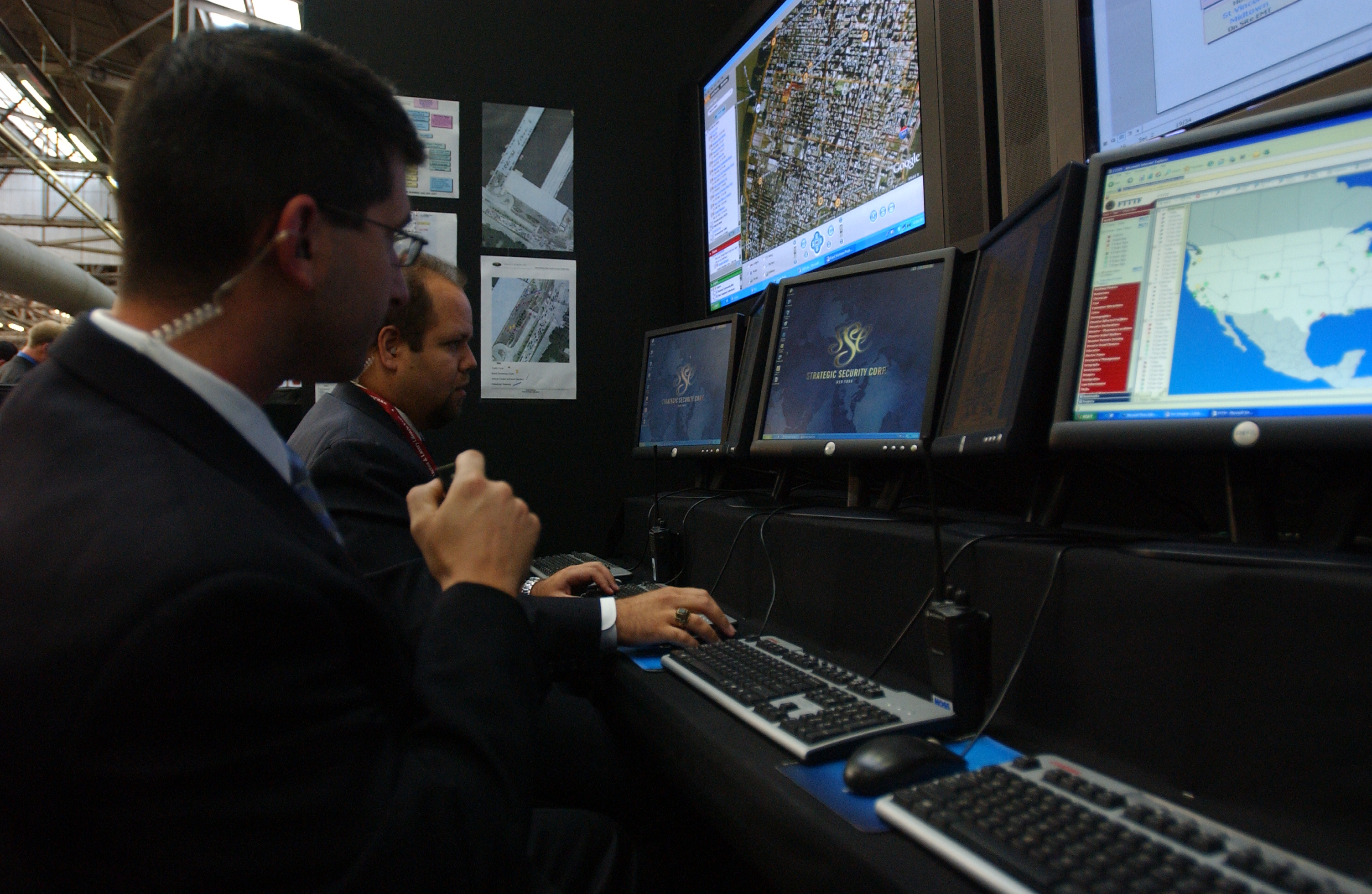Policing in the United States dates back to the 1600’s with the advent of the “Watchman”. The people assigned to the “Watch” were volunteers. Their primary responsibility was to warn of impending danger. While the watch was ”voluntary”, many volunteers were attempting to evade military service or were performing duties as a form of punishment. In 1838, Boston created the first Police Force in the United States. By the 1880’s all major US cities had a municipal police force. (Potter 2013)
As you can imagine, the style of policing has changed dramatically through the years. For example, although Police Officers still patrol on foot to a certain extent, communicating with them has changed from the Sergeant blowing his whistle or tapping his night stick on the ground and having the Patrolman respond in the same fashion to note he was on post, to two-way radios and cell phones. In the 1800’s call boxes were created. The early 1900’s brought in two-way radios and mobile patrol units. The 1950’s brought radar guns for traffic enforcement. The 1960’s brought NCIC (National Crime Information Center) and AFIS (Automated Fingerprint Identification System). Most recent technology includes, DNA, Shot Spotter, Plate Readers, CCTV, Drones, Segway’s, Cell Phones, the internet, Laptop’s, Facial Recognition and GPS tracking just to name a few. Hiring of Police Officers also transitioned from a political appointment to a Civil Service appointment. This enabled each department to hire the most qualified person as opposed to someone who would pay for a position and then be loyal to the local Politician instead of the community they served. (1998)
Perhaps the biggest advancement came with the adoption of crime analysis technology which was non-existent in the early days of policing. Crime analysis coupled with technology have led to a dramatic reduction in crime throughout the country. Although computers have been in law enforcement since the 1960’s, it was not until the 1990’s that they were being used in a majority of Police Departments. Jack Maple, a New York City Transit Policy Lieutenant, developed a mapping system that would revolutionize crime fighting. The Commissioner of the Transit Police Department at the time was Bill Bratton. Bill Bratton would later go on to become the Commissioner of the New York City Police Department. The Transit Police Department merged with the NYPD in 1995. Commissioner Bratton promoted Maples to Deputy Commissioner of Crime Control Strategies and had him implement the CompStat mapping system citywide. (Mason 2015)
According to The NYPD’s CompStat Report covering 1/27/20 – 2/2/20 (Volume 27 Number 5) major crimes citywide are down 77.59% since the inception of CompStat including an 87.4% reduction in Homicides. Technologies such as this, have allowed Police Departments to become more proactive and less reactive when it comes to fighting crime. Additionally, technology has also allowed for a reduction in police manpower which is a huge fiscal benefit. The NYPD has reduced manpower from a high of approximately 40,000 members in the 1990’s to approximately 36,000 at its current level.
What the mapping system allowed was a greater understanding of crime patterns within the city. Precinct Commanders would now be able to almost predict crime and deploy their resources accordingly. Commanders would break down each major crime (Robbery, Murder, Rape, Grand Larceny, Felony Assault, GLA and Burglary) and analyze the times of occurrence, locations of incidents, descriptions of perps, methods, weapons, property taken, etc. With this information, not only could Precinct personnel be deployed at the appropriate times and locations, but supporting personnel, such as Tasks Force units, Narcotics, and Vice, could be deployed as well.
In the day and age of doing more with less, technology will keep paving the way for increased crime reduction as well as decreased manpower. One can only imagine what Policing will look like just fifty years from now with technology. My father was a Police Officer fifty years ago, he would never have thought that we would be using, handheld computers, drones, Segway’s, and cell phones today.
Jimmy Kimmel
Account Manager, Strategic Security
Work Cited
Mason, Alysia C. “RIT Scholar Works.” Site, Apr. 2015, scholarworks.rit.edu/cj/.
Potter, Gary. “The History of Policing in the United States, Part 1.” The History of Policing in The United States, Part 1 | Police Studies Online |Eastern Kentucky University, 25 June 2013, plsonline.eku.edu/insidelook/history-policing-united-states-part-1.




